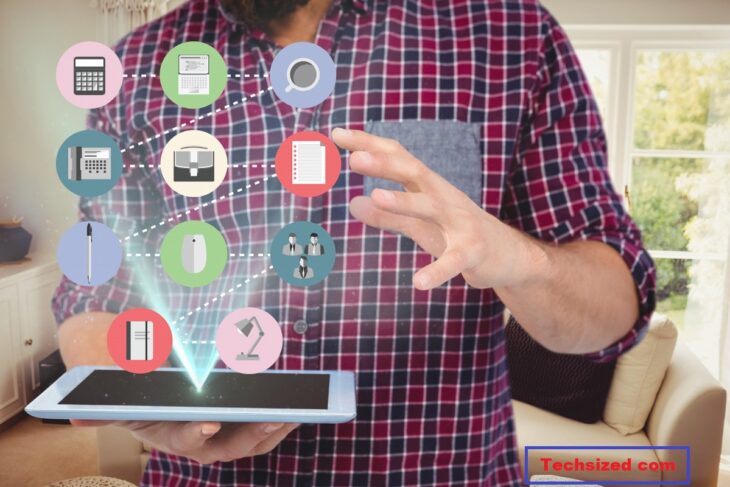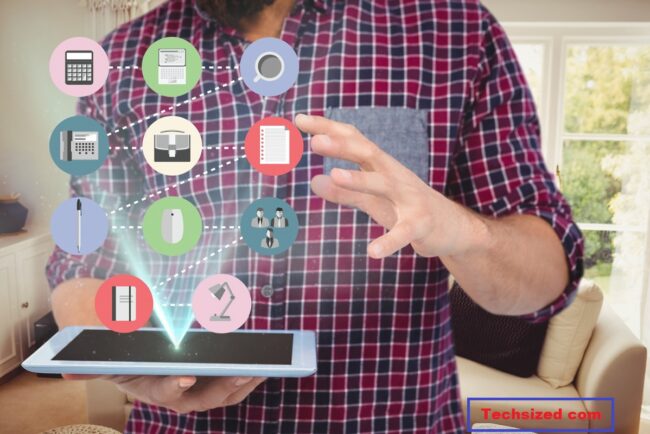
We have all experienced it at one time, you are busy doing something but you get that dreaded low battery notification. There is nothing that is worse than your laptop failure during a very important project or meeting. The good news? One need not be a tech genius to extend his or her laptop battery. An easy-to-follow, but effective, set of tips to increase the battery life of your laptop without a complicated and expensive effort is explained in this guide by techtvhub com.
Understanding How Laptop Batteries Work
We should first clear up one of the myths. The laptop battery is not just the length of time it takes to perform a single charge, but also its lifespan, or how long it can be used in months and years. Lithium-ion batteries are used in most contemporary laptops and they wear out during the course of time as a result of charge cycles, heat and deep discharges.
Everyday Habits That Instantly Improve Battery Life
1. Store Your Battery at 20 to 80 Percent
It is always a bad practice to charge your laptop to capacity or empty it completely, simply because this action will exhaust the battery. Rather, it is better to maintain it at between 20 and 80 percent where possible. Most of the new laptops even have options of battery health mode so that it does not charge automatically after reaching a specified level – use it.
2. Reduce Your Screen Brightness
One of the most draining batteries is your display. Turn brightness down to comfortable level and use auto-brightness or dark mode, although not all operating systems will have this feature. It is such a little change that makes much difference.
3. Close Background Processes and Apps
Power can be used silently by having too many apps or browser tabs running. Look at the Task Manager or Activity Monitor of your system to check what is using your energy and then put out what you are not using. Always keep in mind that every open tab or background update counts!
4. Disable Wi-Fi, Bluetooth and Unused Application
When you are offline, switching off Wi-Fi and Bluetooth is a way to save battery life. In addition, dismantle all external drives, webcams, or peripherals when not in use since they are all power guzzlers.
5. Turn On Built-In Battery Saver or Power Modes
Windows and MacOS both offer battery savers or low-power modes to achieve maximum performance. Turn on these modes when you are not connected to a source of power its difference in performance is very minimal, and the battery will also make you think you did the right thing.
Advanced Tips to Maximize Battery Lifespan
1. Avoid Overheating
The adversary of all batteries is heat. Ensure that your laptop has plenty of air and do not keep it on soft surfaces such as beds and couches that are trap of heat. A cooling pad or stand can also be noticeable.
2. Use the Original Charger
Inexpensive third party chargers may provide too much or too little power, damaging the battery in the long run. Use the charger that has come with your laptop, or purchase one that is made by your manufacturer.
3. Periodically Calibrate Your Battery
Calibration assists your device to read battery levels. After every two months, empty your battery up to about 10-15 percent, and recharge it to 100 percent. This must not be done every time, however – it is a maintenance thing and not a habit.
4. Limit Charging to 100%
In case your laptop has it, enable a charging threshold feature (most of the new laptops have it). E.g. have the auto cut-off set at 80 percent to avoid overcharging when it is left plugged in.
5. Maintain Software and Drivers
BIOS and driver updates which are frequently released by manufacturers include power management improvements. Considering that you should upgrade your system on a regular basis, the system will be at its most efficient battery-wise.
Long-Term Battery Care and Storage
When you are not going to use your laptop some time, leave it with approximately 40 50 charge rather than with fully charged or emptied charge. Monitor battery health periodically, with inbuilt diagnostic, or Windows powercfg /batteryreport.
And yes — in case your battery is several years old and its capacity has fallen remarkably, do not hesitate to change it. In some cases, replacing the battery is the most compatible upgrade that you can provide to your laptop.
A Simple Daily Battery-Saving Routine
This is a simple practice that does miracles:
- Morning: charge till nearly full, discharge.
- At work: Opera in dark mode, close applications that are not used, and keep battery saver mode on.
- During the night: Turn your laptop off or put it into sleep rather than leaving it at sleep the whole night.
- Weekly: Update and clean up the background.
These habits can always last you months and maybe years of battery life.
Frequently Asked Questions
1. Shall I leave my laptop plugged on?
Ans. Not really. Keeping it at the maximum limit may wear your battery out. It is all right sometimes but disconnect when you can.
2. What is the frequency of calibration of my laptop battery?
Ans. Calibration should be done every two months – any more often can reduce battery life.
3. Is it possible to use fast charging every time?
Ans. It is okay to charge the battery occasionally, but continuous operation may cause heat and poor battery performance in the long run.
4. Would a new laptop battery increase performance?
Ans. Yes, A new laptop will revive the run time and performance of your laptop, which might be slow on the battery.
Final Thoughts
You should not make your laptop battery a daily nightmare. Following a few of these tips suggested by techtvhub com, you will see the difference of a genuine difference not just in your battery life per charge, but in your battery life overall.
Remember: consistency is key. The better you take care of your battery, the better it will take care of you — be it at work, school or watching your preferred shows.














